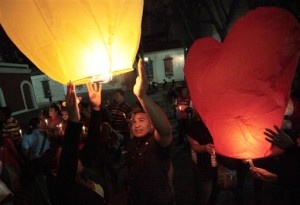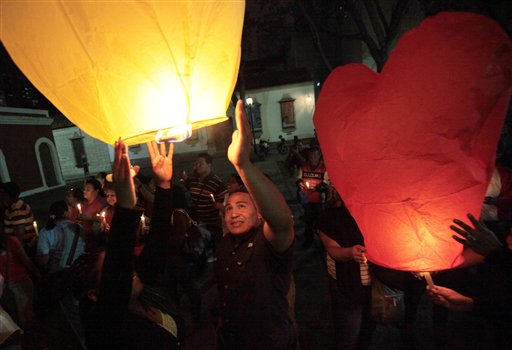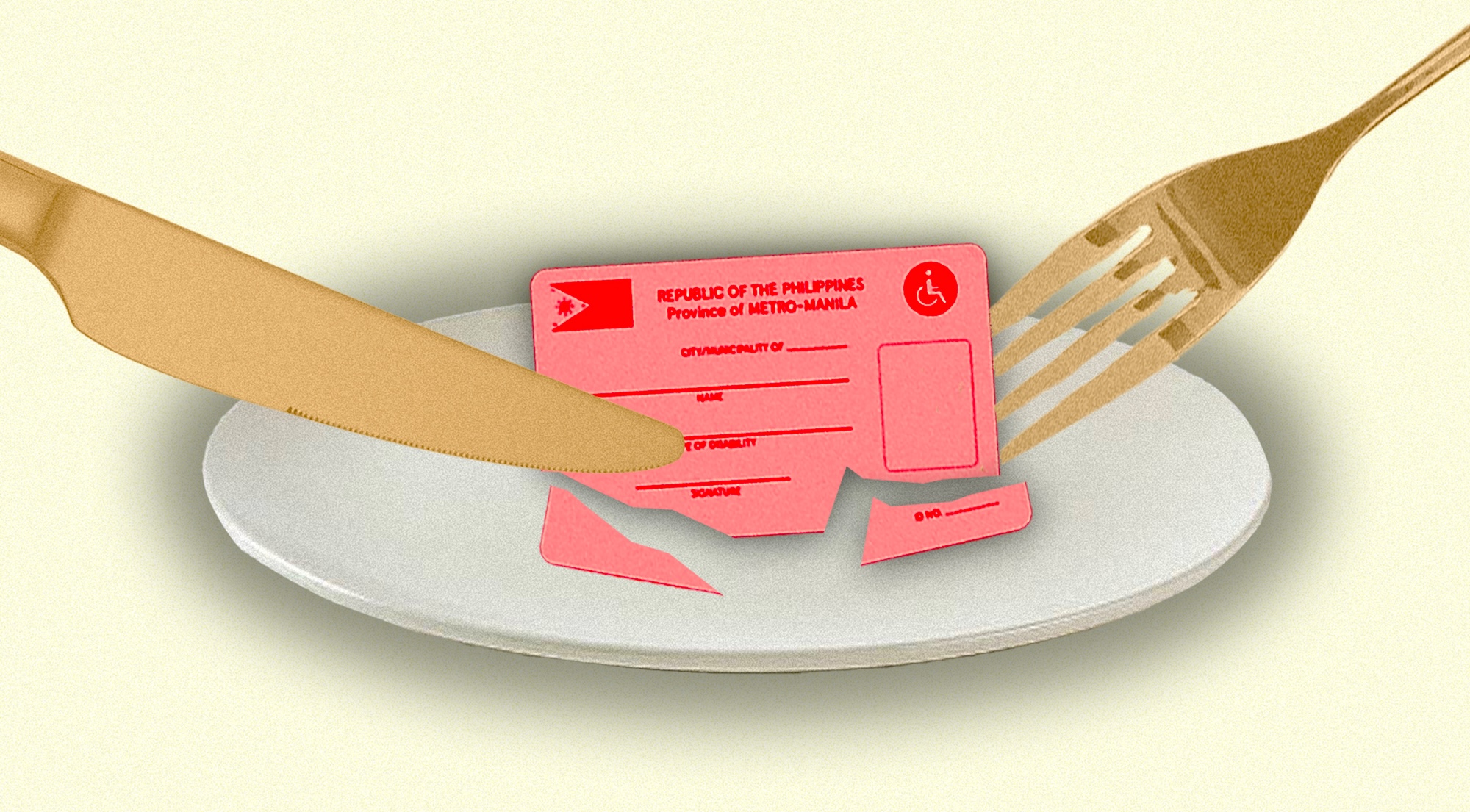
Celebrating New Year: More fun in the Philippines.
So declared Cheapflights.com, an online travel agency specializing in airfare bargains, expert tips and travel inspiration.
The travel agency released this week a list of 10 New Year Traditions Worth Experiencing Around The World that the Huffington Post Travel published on Friday. An article and slideshow of the list included some of the Philippines’ New Year traditions, among them wearing polka-dotted clothes, having round fruits on the dinner table, and throwing coins to symbolize wealth and attract good fortune in the coming year.
‘Most lavish’
Early this month, the Cable News Network (CNN) also reported that Christmas celebrations in the Philippines “are the longest—and most lavish—in the world.”
The Huff Post Travel article noted that “(i)n the Philippines, New Year’s Eve (Bisperas ng Bagong Taon) is a public holiday (that) people usually celebrate in the company of family and close friends. Traditionally, most households host or attend a media noche (dinner party).”
The story mentioned other Filipino New Year practices, among them wearing clothes in bright colors to show enthusiasm for the coming year, and serving round fruits while wearing polka-dotted clothes, the circular shapes meant to symbolize coins that, in turn, stand for prosperity.
As if to trace the Chinese roots of some of the Philippines’ New Year traditions, the Huff Post Travel added: “Things really get loud as people make noises by blowing on cardboard or plastic horns (torotot) banging pots and pans, playing music or lighting fireworks to scare away bad spirits.”
A pleasure to celebrate
New Year traditions across the globe would be a pleasure to celebrate, the article said, as it listed down other diverse customs that made it to the destinations’ list, from fortune telling to releasing helium balloons in the sky, and men dressing up as women to symbolize the ‘widow’ that was the past year.
Molybdomancy, an ancient technique of divination that involves interpreting the shapes made by dropping molten lead into cold water, is a good reason to spend New Year’s Eve in Germany and Finland, the article said.
On that day, people gather at a spot for lead pouring—called Bleigießen in German and uudenvuodentina in Finnish—and make predictions for the coming year, according to the Huff Post.
Whatever shape the molten lead assumes, people are warned that the practice is really just for fun, the article added.
Dressed up as women
In Ecuador, men put on their finest frocks and dress up as women to “represent the widow of the year that has passed,” the Huff Post said.
In Scotland, the practice of ‘first-footing’ starts immediately after midnight.
“First-footing involves being the first person to cross the threshold of a friend’s or neighbor’s home and giving symbolic gifts such as salt, coal, shortbread, whisky, and black bun (a rich fruit cake) to bring luck to the householder,” the Huff Post said.
The article also listed as “one of the most breathtaking” the New Year celebrations at the Zojoji Temple in Tokyo where people gather to release into the midnight sky thousands of silver helium balloons carrying New Year’s wishes.
Also included on the list of countries with extraordinary New Year practices are Mexico, Italy, Wales, Ecuador, Scotland, and Greece.











































